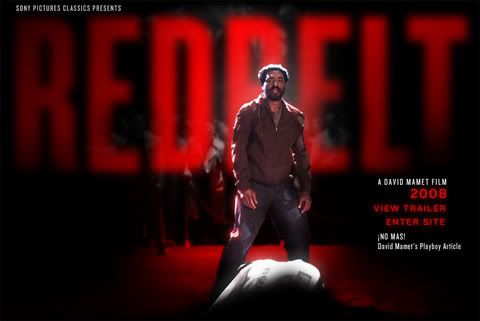Accidents (part 3)
/ People sometimes achieve very high level martial arts by accident. Accidents happen when we aren't paying attention, so they are often effortless.
People sometimes achieve very high level martial arts by accident. Accidents happen when we aren't paying attention, so they are often effortless.A few years ago I was teaching Northern Shaolin to juvenile delinquents. A program was set up that was a collaboration between the school district, the sheriff's department, and Performing Arts Workshop. It was a lock down school which had a significant performing arts component. My classes always had a probation officer present watching on the side. All the students were between 13 and 16 years old and had been convicted of crimes.
Somewhere towards the end of my residency I brought my friend and Choi Li Fut expert Greg Mooney in as a guest artist. One of my rules is that students bow as they enter or exit the room. On this particular day, like most days, they were unruly, rude and disorganized as they entered the auditorium. As I introduced Greg they started pestering and shouting that they wanted us to fight, "We want to see you fight."
I looked at Greg, he is a performer, a stunt clown (he used to do 500 shows a year), we had sparred enough to know each others stuff. He looked game.
"OK," I said, "I'll make a deal with you guys." "You give us your full attention, you work hard, concentrate, and give todays class the best effort you've ever given, and we'll fight for you-- at the end of class."
As I said it, I thought to myself, 'these kids don't have any discipline, there isn't much chance that they will really concentrate?'
"Really?" They asked, "If we do our best you'll really fight each other, for real?"
"Yes," I said. I knew I was taking a little risk, I looked over at the probation officer and he was motionless. "Alright, it's a deal then let's practice."
That day they practiced harder than they ever had before, it was a fun class. I guess they trusted me. So at the end I had them all sit down and Greg and I went at it.
Neither of us were looking to connect a punch, we were putting on a show. Our strikes were intentionally missing by just enough to make it look real, we each took a couple of dive rolls on the hard floor, our sweeps were slow enough to give each other time to fall the easy way, our kicks were to the meaty parts. The juveniles were screaming with delight.
Then I did a simple bagua zhang single palm change. Greg accidentally turned into it. I was trying to make all my movements empty of force, and at that moment I wasn't even aiming at a target, I was paying attention to my audience. But my elbow connected with Greg's temple and he flew backwards into the air. His temple opened up and blood spurted out everywhere. My movement at that moment was so effortless I didn't even feel my elbow connect.
I helped Greg to his feet and we had an eye to eye bonding moment. The juveniles were completely blown away, their enthusiasm was profound. They also found it incredible that after such an event we were showing all the signs of being best friends.
As they left class that day, each of them bowed with reverence and sincerity I hadn't believed possible. The staff of the school reported to me that a year later the students were still talking about it as their best day ever at school.

 Why are accidents so potent? Have you ever seen that style of both Chinese and Japanese painting which begins by spilling the ink on the paper?
Why are accidents so potent? Have you ever seen that style of both Chinese and Japanese painting which begins by spilling the ink on the paper? Yes, I saw it. I'm a very easy reviewer when it comes to anything with kung fu in it. I liked it. If you have a child or two to take with you as an excuse, definitely go see it! It's fun--even if the sweet parts are really too sweet for anyone over age eight.
Yes, I saw it. I'm a very easy reviewer when it comes to anything with kung fu in it. I liked it. If you have a child or two to take with you as an excuse, definitely go see it! It's fun--even if the sweet parts are really too sweet for anyone over age eight. Perhaps all the self-reflection I see around the blog-o-sphere on the topic of how different rule sets create completely different martial arts will also lead to some self-reflection on clothing designs.
Perhaps all the self-reflection I see around the blog-o-sphere on the topic of how different rule sets create completely different martial arts will also lead to some self-reflection on clothing designs.
 d!"
d!"
 Taijiquan is often said to be the combination of the movements of a crane and the movements of a snake. I haven't had a lot of time to observe cranes but there are some
Taijiquan is often said to be the combination of the movements of a crane and the movements of a snake. I haven't had a lot of time to observe cranes but there are some 